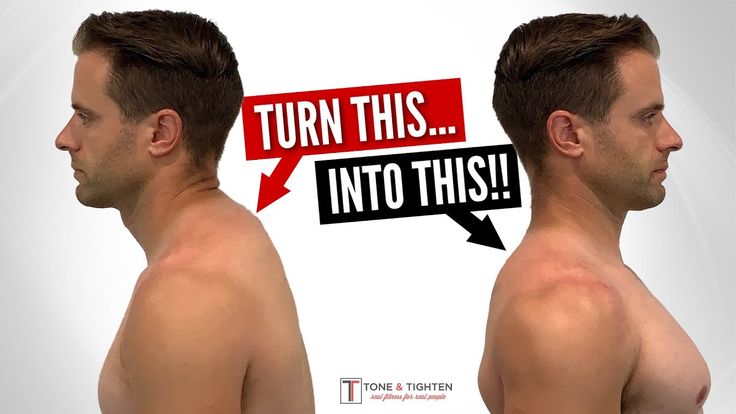Neck humps, clinically known as cervical kyphosis or dowager’s hump, can be an uncomfortable and unsightly condition that affects many individuals. This postural abnormality is characterized by an abnormal curvature of the cervical spine, often exacerbated by behaviors such as prolonged sitting, poor posture, and the frequent use of digital devices. Understanding neck humps and their implications is vital for those seeking effective solutions. Among several remedies, chiropractic care has gained significant attention as a potential treatment option.
Before delving into how chiropractors can assist in alleviating a neck hump, it is essential to grasp the complexity of this condition. A neck hump typically manifests as a noticeable protrusion at the base of the neck, resulting from misalignment of vertebrae and tightness in the surrounding musculature. This phenomenon can also lead to discomfort, stiffness, and reduced range of motion in the neck and shoulders. Furthermore, it may have psychological implications, affecting self-esteem and body image.
Firstly, let’s explore some primary causes of neck humps. Muscle imbalances often lie at the heart of the issue. Individuals who spend long hours hunched over desks or who frequently check their phones may develop shortened chest muscles and elongated cervical spine muscles. Inadequate strengthening of the upper back can further exacerbate this imbalance. Additionally, aging plays a pivotal role in the formation of neck humps, as the spinal discs lose hydration and elasticity over time, leading to degenerative changes.
So, how can a chiropractor be instrumental in addressing a neck hump? Chiropractors focus on spinal manipulations and adjustments, aiming to restore proper alignment of the vertebrae. This alignment is crucial for maintaining optimal posture and reducing strain on the surrounding musculature. When a chiropractor assesses a patient, they will evaluate the patient’s posture and spinal curvature through various techniques, including physical examinations and diagnostic imaging.
One benefit of chiropractic care is that it can provide immediate pain relief. Upon identifying misalignments in the cervical spine, a chiropractor employs specific manual adjustments to realign the vertebrae. This corrective intervention not only alleviates pain but also helps to improve the overall functionality of the spine. In conjunction with adjustments, chiropractors may recommend targeted stretches and exercises aimed at strengthening the neck and upper back muscles, further promoting a natural and healthy posture.
Apart from manual adjustments, some chiropractors may use additional therapeutic modalities. These can include electrical stimulation, ultrasound therapy, and foam rolling techniques, which are intended to relieve muscle tension and enhance circulation. Each of these treatments can work synergistically with spinal adjustments to create a comprehensive treatment protocol tailored to the individual’s needs.
Another pivotal component of chiropractic care is education. Chiropractors often emphasize the importance of ergonomics and lifestyle modifications to prevent future occurrences of a neck hump. Patients may be advised to implement changes in their workstations, opt for ergonomic seating, and incorporate frequent breaks into their daily routines. Additionally, educational resources may include posture training and guidance on how to maintain a neutral spine during various activities.
While chiropractic interventions can be highly beneficial for many, outcomes can vary. Factors such as the severity of the neck hump, the patient’s age, and their overall health will impact the degree of success experienced through chiropractic care. In some instances, while chiropractic adjustments can provide substantial relief and improvement in posture, a multi-disciplinary approach may be required, often involving physical therapy or medical consultations.
It is crucial to take a proactive stance when dealing with a neck hump. Regular chiropractic visits, combined with at-home exercises, can create a powerful synergy that fosters lasting changes. Simple exercises targeting the upper back and neck can often be performed at home. Examples include chin tucks, where individuals draw their chin back towards their neck to strengthen the deep cervical flexors, and wall angels, which help open up the chest and improve shoulder mobility.
Furthermore, lifestyle choices, such as maintaining a healthy weight and engaging in regular physical activity, play a crucial role in prevention and treatment. Engaging in activities that promote core strength, flexibility, and overall body awareness can serve as a protective mechanism against the development of postural abnormalities, including neck humps.
In conclusion, a neck hump is a multifaceted condition that can have both physical and psychological implications. Chiropractic care offers a credible avenue through which individuals can seek relief and corrective measures. By focusing on spinal alignment, combining necessary exercises, and promoting healthy lifestyle adjustments, chiropractors provide essential support for those grappling with this concern. Whether it is through immediate pain relief or long-term postural improvements, consulting with a chiropractor can serve as a transformative step in reclaiming a healthy, confident posture.
